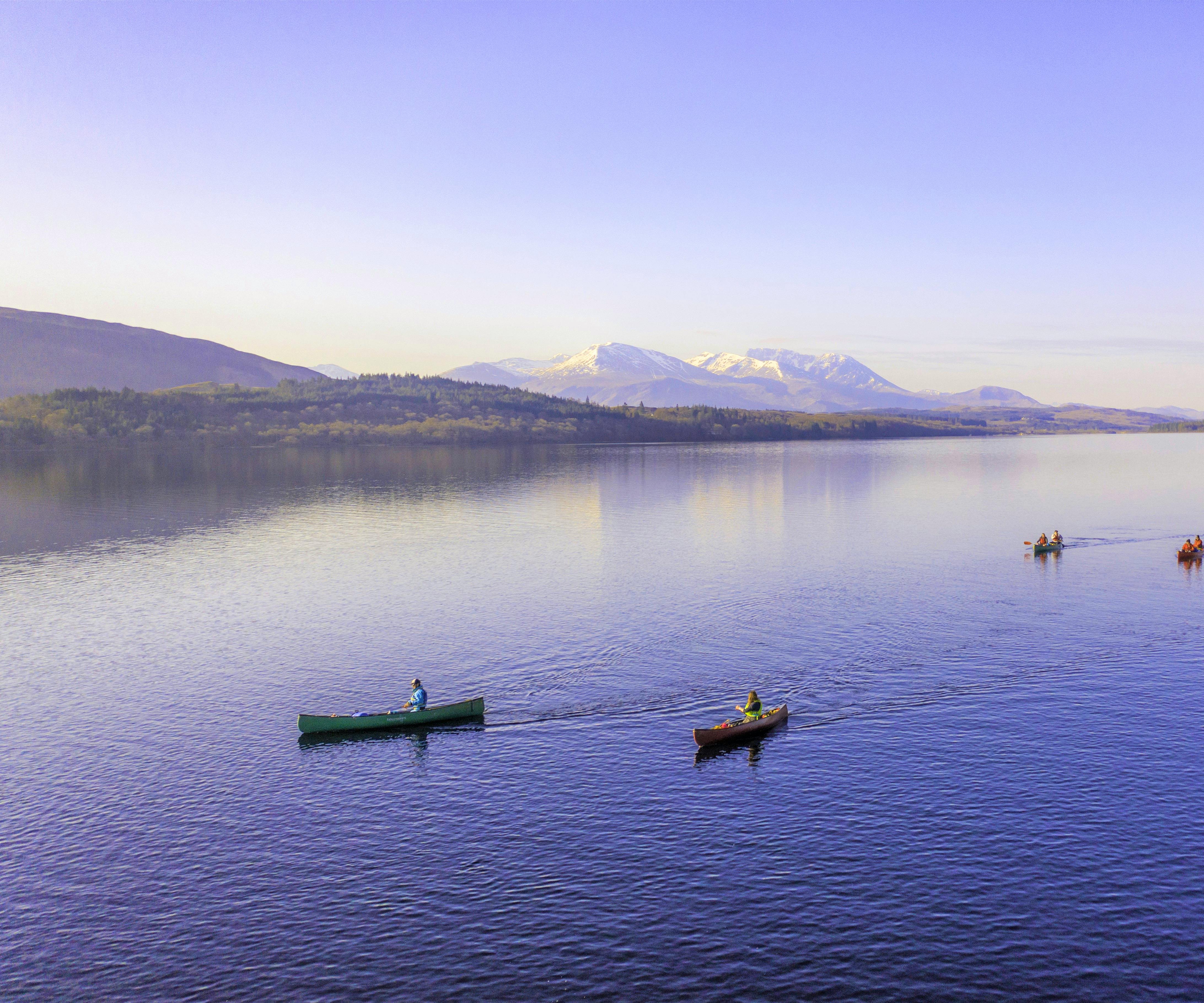EBC beckons adventurers worldwide, but what's the real scoop on the Everest Base Camp success rate?
If you dream of standing at the foot of the world's tallest peak, you're not alone. Let's delve into the factors that contribute to a successful trek.
Everest Base Camp Success Rates
If you've been hesitant about this life-changing journey, here's some encouraging news: most people who set out on an EBC hike, reach base camp successfully.
There are no official statistics on success rates for hikers to EBC, but based on data from our
Skyhook's customers, we estimate over 95% of those who embark on an
EBC hike, reach base camp.
These statistics should serve as a confidence booster.
If you're well-prepared and take the proper precautions, your chances of reaching Everest Base Camp are very high.
How to Improve your odds for a successful Everest Base Camp Trek: Tips and Tricks
Boosting your Everest Base Camp success rate isn't just about luck; it's about preparation and making intelligent choices.
Understand Acclimatisation
Acclimatisation is one of the most overlooked yet critical factors in achieving a successful Everest Base Camp trek.
Simply put, acclimatisation is your body's way of adjusting to lower oxygen levels at higher altitudes. Ignoring this step can lead to altitude sickness, which is not only unpleasant but can also be life-threatening.
So, how do you acclimatise effectively? Here are some tried-and-true tips:
Start slow: Don't rush your ascent. The general rule is to gain at most 1,000 feet of elevation daily.
Hydrate: Drink at least 2-3 litres of water per day. Dehydration can exacerbate the symptoms of altitude sickness.
Rest days: Incorporate rest days into your trekking schedule. A popular strategy is the "walk high, sleep low" method, where you ascend to a higher altitude during the day but return to a lower elevation to sleep.
Know the symptoms: Be aware of the signs of altitude sickness, which include headaches, nausea, and extreme fatigue. If you experience these symptoms, descend immediately.
Consult with guides: Always listen to your trekking guides. They're experienced in recognising the signs of altitude sickness and can advise when it's safe to continue ascending.
Looking for an EBC guide? Get connected with Skyhook's local guides. Here are our most popular trips:

Latest Deals
Discover trips on sale on Skyhook. Book once-in-a-lifetime adventures at discounted prices.
Know the Challenges and Risks
Embarking on an EBC trek is an exhilarating experience, but it's far from a leisurely stroll. The rewards of standing at the foot of the world's tallest mountain are immense, but it's crucial to be aware of the challenges and risks involved.
When it comes to physical challenges, the terrain itself is a formidable opponent.
Trekkers should expect a variety of conditions, from rocky paths to potentially snow-covered trails, when on the
route to Everest Base Camp.
Physical injuries like a twisted ankle can be disastrous in such remote conditions. That's why it's essential to trek with a guide and invest in quality gear.
The
Everest Base Camp weather is another unpredictable factor; conditions can shift rapidly from sunny skies to blinding snowstorms during the trek.
Always check the weather forecast before setting out and carry essential gear to protect against the elements, from rain jackets to thermal layers.
But the trek isn't just a physical challenge; it's also a mental one.
Mental fatigue can set in quickly, especially when you're far from the comforts of home. Keeping a positive mindset is crucial for overcoming psychological hurdles like isolation and the sheer duration of the trek.
If there's a mantra that every aspiring Everest Base Camp trekker should adopt, it's that preparation is absolutely crucial.
As the old adage goes, failing to prepare is preparing to fail.
A well-planned trek minimises risks, ranging from altitude sickness to potential injuries.
So how should one prepare?
A good rule of thumb is to start a
training plan for Everest Base Camp at least three months before the trek. This should include a mix of cardio, strength training, and altitude-specific exercises.
Gear is another crucial aspect; investing in high-quality trekking gear to add to your
Everest Base Camp packing list can make your journey more comfortable and safer.
Pro tip: Pay special attention to your boots; they should be well-fitted and broken before the trek starts.
Lastly, always have a Plan B.
Contingencies like extra days for acclimatisation or an emergency evacuation plan should be part of your preparation. It's always better to be safe than sorry.
By dedicating time and effort to thorough preparation, you're setting the stage for a successful and enriching Everest Base Camp experience.
Team Up With a Reputable Operator
When it comes to achieving a successful and fulfilling Everest Base Camp trek, the importance of choosing the right trekking operator cannot be overstated.
What should you look for in an excellent operator?
The quality of guides is a crucial factor. An excellent operator will employ guides who are experienced, certified, and trained in first aid.
Customer reviews and testimonials can also provide valuable insights into the operator's track record. Transparency in all aspects, from costs to potential risks, is a hallmark of a reputable operator.
Lastly, the ability to customise the trek according to your specific needs, such as adding extra acclimatisation days or side trips, indicates a top-notch operator.













